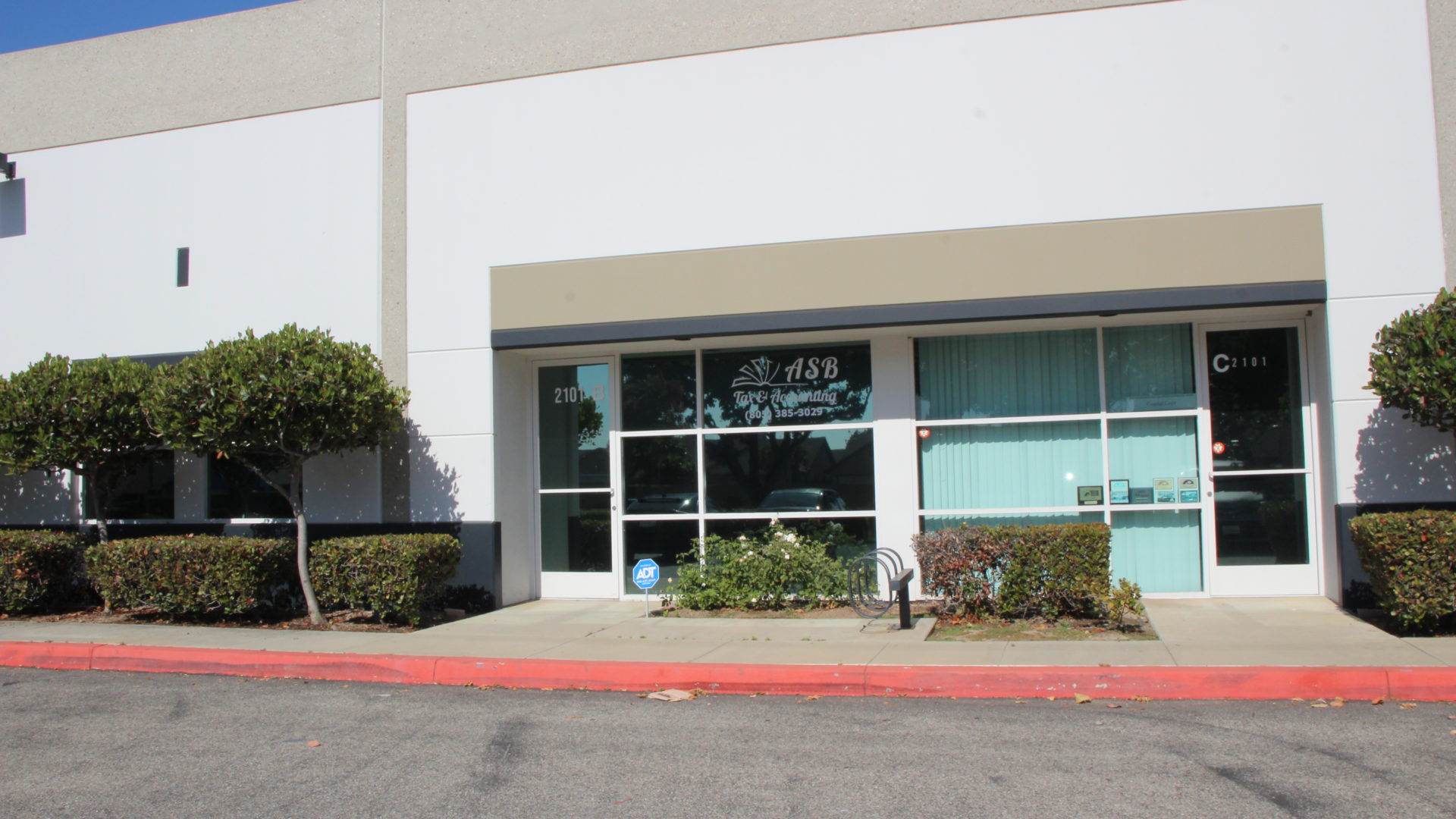How to plan your retirement as a self-employed person
Being self-employed offers a great deal of freedom and flexibility in your work life, but it also comes with unique challenges, especially when it comes to retirement planning. Unlike employees who can rely on retirement plans provided by their employers, self-employed individuals must take the initiative to plan and save on their own. For this reason, it is crucial to understand how to plan for retirement as a self-employed person to ensure a stable financial future.
One of the first steps to planning for retirement as a freelancer is to understand the importance of early and consistent saving. Unlike a traditional job, where retirement savings may be automated through payroll deductions, such as a 401(k) plan in the United States or a pension plan in other countries, as a freelancer you need to be proactive. Setting up a dedicated retirement savings plan, such as an individual retirement account (IRA) or a self-employed pension plan, can be a great way to get started. Contributing regularly to these accounts, even if it’s just a small amount, can make a big difference in the long run because of the power of compound interest.
Another key aspect of retirement planning as a self-employed person is diversifying your investments. Relying solely on one savings account or one type of investment can be risky. Consider diversifying your retirement savings across different investment vehicles, such as stocks, bonds, mutual funds, or real estate. This strategy not only protects your savings against market volatility, but also gives you the opportunity to maximize the growth of your wealth over time. Remember, diversification is essential to reducing risk and increasing return potential.
Setting clear, realistic goals is also key to planning for retirement as a freelancer. It’s important to have a clear idea of how much you’ll need to save to maintain your lifestyle in retirement. This involves calculating your current expenses, projecting your future needs, and considering factors like inflation and medical expenses. Once you have a ballpark figure, you can determine how much you need to save each year to reach that goal. Using online tools or consulting a financial advisor who specializes in freelancers can help you create a realistic and achievable savings plan.
Don’t forget to consider taking out life insurance or disability insurance as part of your retirement plan. As a self-employed person, your ability to earn an income can depend greatly on your health and well-being. Having insurance to protect you in the event of illness or accident can ensure that your retirement savings are not compromised if you face an unexpected situation.
It’s crucial to review and adjust your retirement plan regularly. Life as a freelancer can be unpredictable, with income fluctuating from year to year. That’s why it’s important to review your plan at least once a year to make sure you’re on track and make any necessary adjustments if your circumstances change. This regular review will allow you to adapt your savings and investment strategy as needed to ensure you’re on track for a comfortable retirement.
Planning for retirement as a self-employed person requires a proactive and disciplined approach. Saving consistently, diversifying your investments, setting clear goals, and regularly reviewing your plan are key steps to ensuring a stable financial future. By taking these steps now, you will be better prepared to enjoy a peaceful, worry-free retirement.

